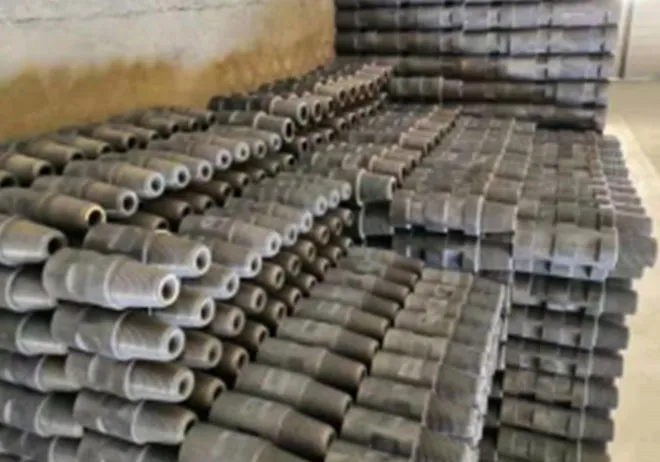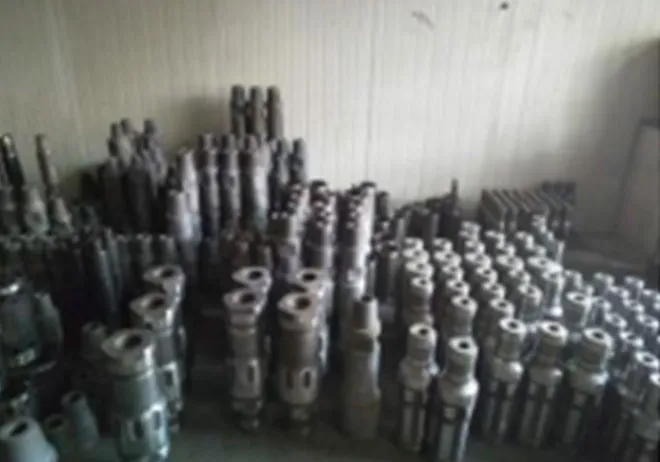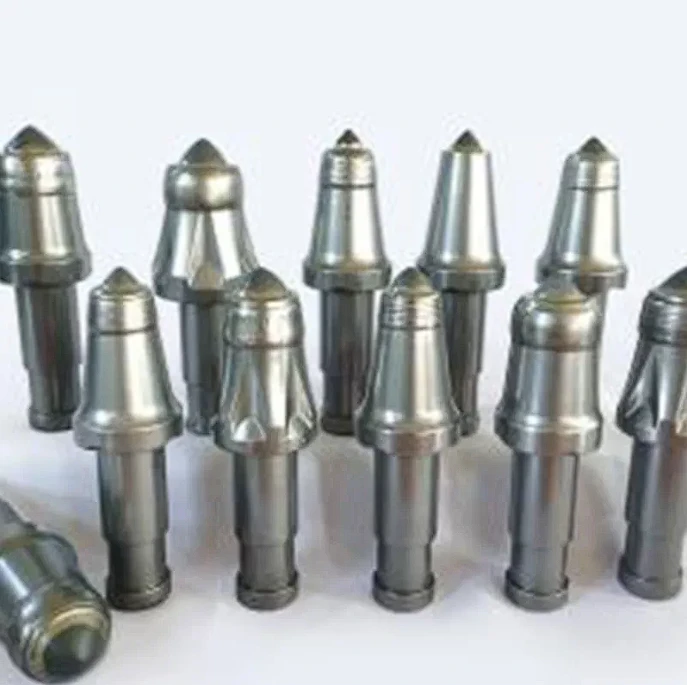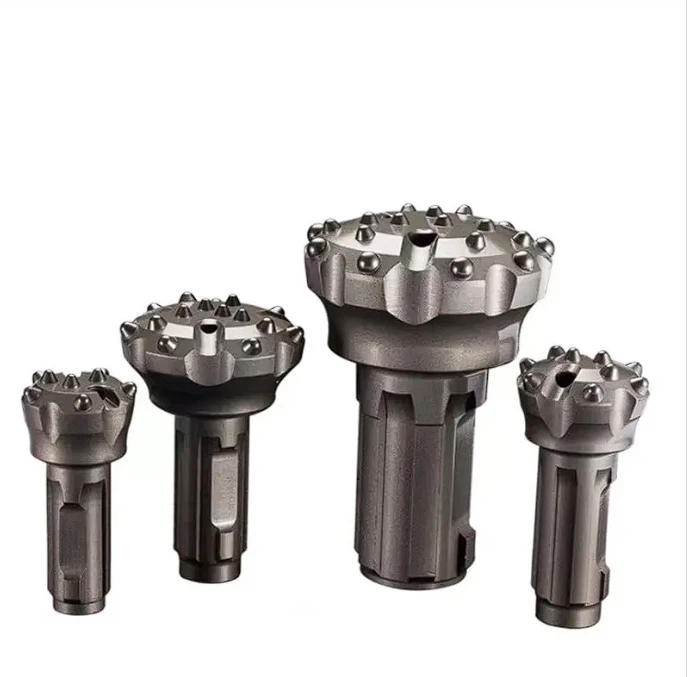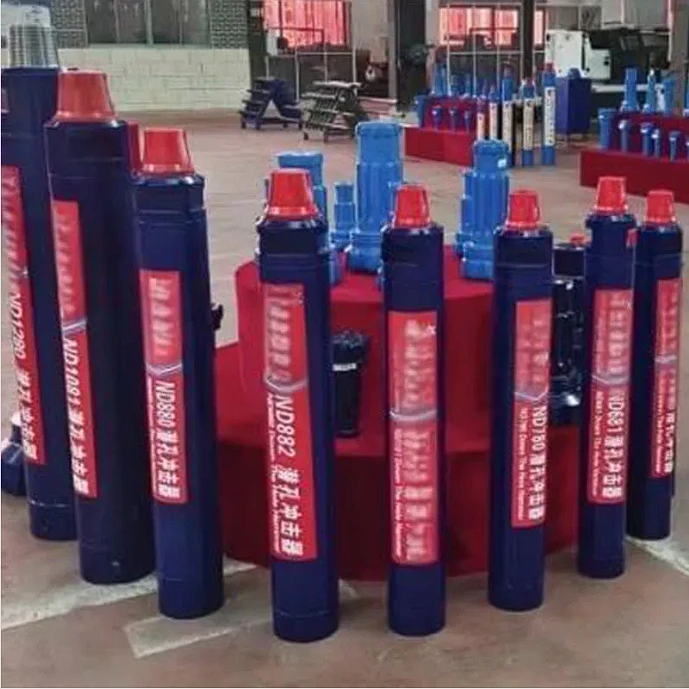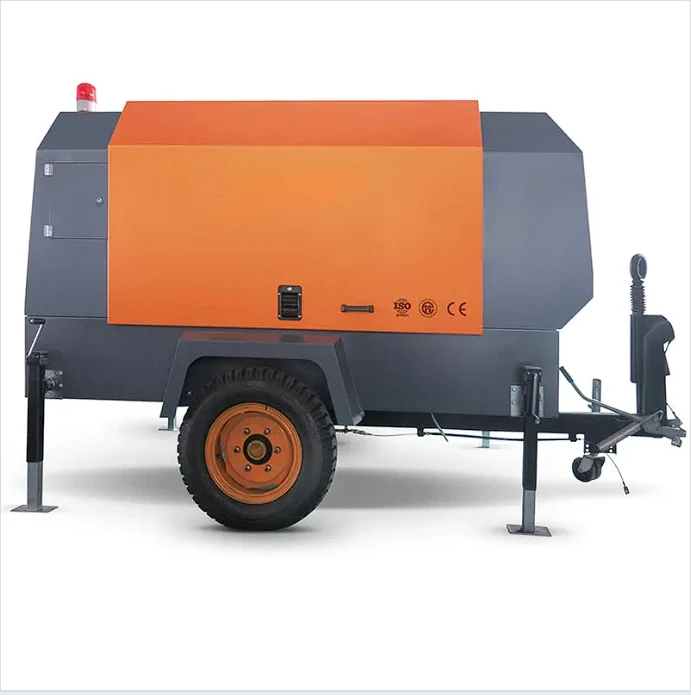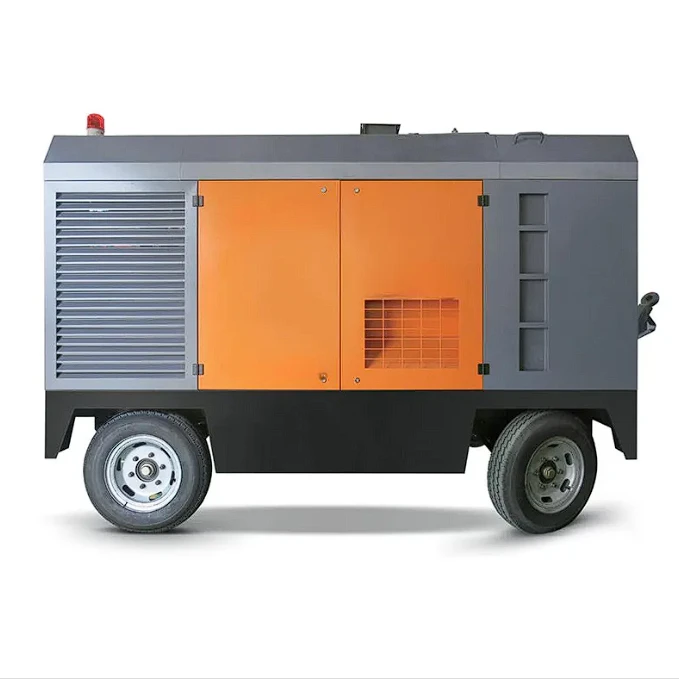- Afrikaans
- Albanian
- Amharic
- Arabic
- Armenian
- Azerbaijani
- Basque
- Bengali
- China
- China (Taiwan)
- Czech
- Danish
- Dutch
- English
- French
- German
- Greek
- Gujarati
- Haitian Creole
- hausa
- Miao
- Hungarian
- igbo
- Indonesian
- Italian
- Japanese
- Javanese
- Rwandese
- Korean
- Kyrgyz
- Lao
- Lithuanian
- Luxembourgish
- Macedonian
- Malgashi
- Malay
- Mongolian
- Myanmar
- Nepali
- Norwegian
- Persian
- Polish
- Portuguese
- Punjabi
- Russian
- Spanish
- Swahili
- Swedish
- Telugu
- Vietnamese
Transition Joints
product display
Transition joints are critical fittings used in various industries to facilitate smooth connections between different types of piping or tubing. These joints play a vital role in ensuring the integrity and efficiency of systems, especially where changes in material, size, or configuration occur.
Key Features of Transition Joints
Transition joints are designed to accommodate differences in diameter, material, or pressure ratings. Typically made from durable materials such as stainless steel, PVC, or rubber, these joints are engineered to withstand high-pressure environments while providing flexibility and resilience. Their versatile design allows for easy installation and reliable performance in a range of applications.
Applications of Transition Joints
1. Plumbing and HVAC: In plumbing and heating, ventilation, and air conditioning (HVAC) systems, transition joints are used to connect pipes of varying materials, such as transitioning from copper to PVC. This ensures leak-free connections and maintains system efficiency.
2. Industrial Processes: Transition joints are crucial in industrial settings where different types of piping systems converge. They are used to connect pipelines transporting liquids, gases, or slurries, ensuring the seamless flow of materials.
3. Water and Wastewater Management: In water treatment facilities, transition joints facilitate connections between different piping systems, helping to manage the flow of water and waste efficiently while preventing leaks and contamination.
4. Oil and Gas Industry: These joints are used in the oil and gas sector to connect pipelines with different specifications, ensuring safe and efficient transportation of crude oil, natural gas, and other substances.
Conclusion
Investing in high-quality transition joints is essential for ensuring the reliability and efficiency of piping systems across various industries. Their ability to accommodate different materials and sizes makes them indispensable in plumbing, industrial processes, and utility management. By ensuring seamless connections, transition joints help maintain system integrity and optimize performance, making them a vital component in any application requiring dependable piping solutions.




